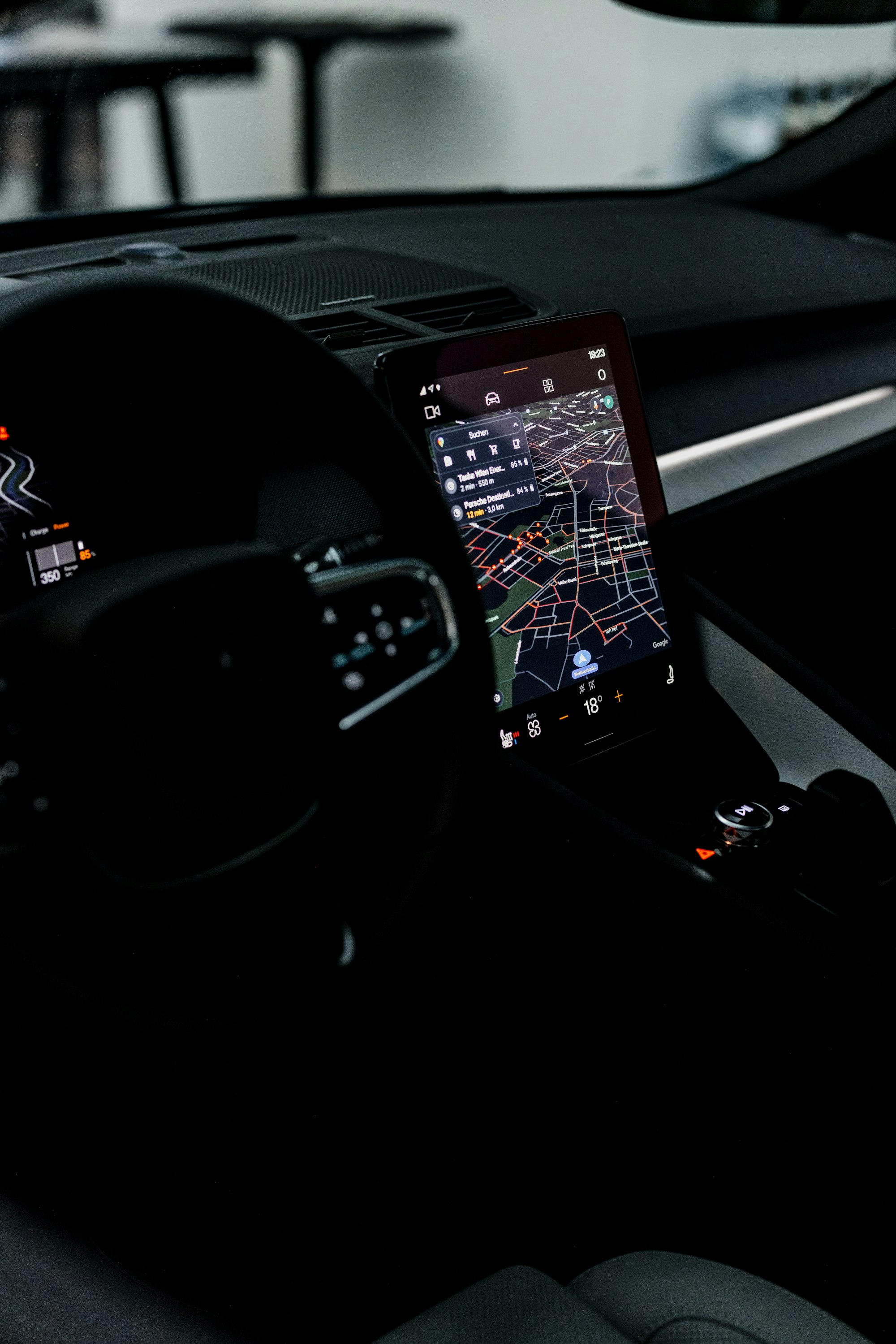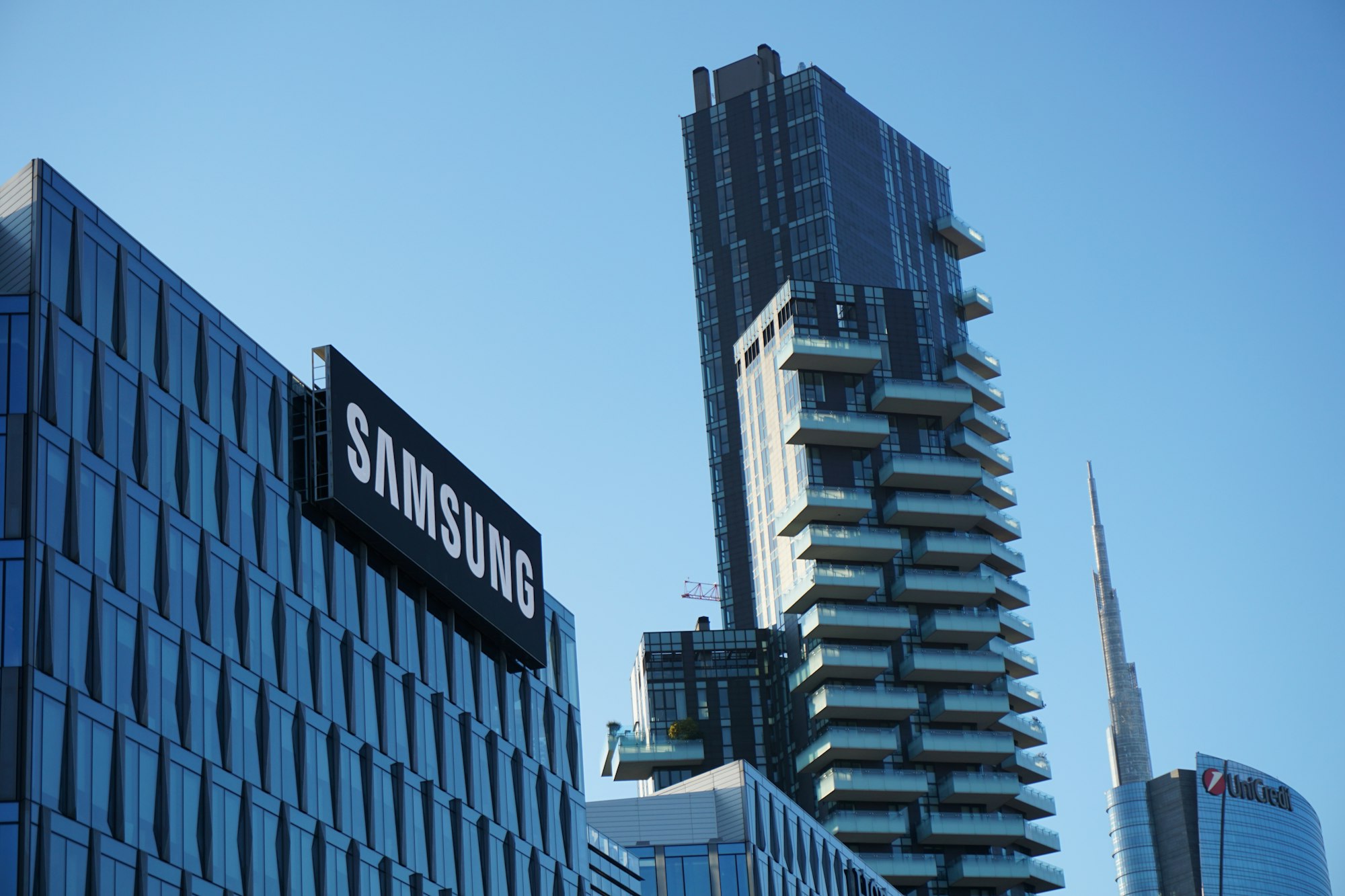IPOs And Mergers
Electric vehicles have gained significant traction in China, but with this success comes heightened competition, posing a dilemma for investors evaluating the latest EV brands vying for growth opportunities in New York.
- Lotus Technology is currently in the final stages of merging with a Nasdaq-listed special-purpose acquisition company, valuing the company at $5.5 billion. Investors have committed $870 million to the deal, marking a significant step toward its completion.
- Zeekr Intelligent Technology Holding, initially valued at $13 billion in February, has recently filed for a U.S. initial public offering.
Both companies are part of Li Shufu's automotive empire, Geely, renowned in the West for revitalizing the Swedish brand Volvo Car. Zeekr originated as an upscale EV subsidiary of Geely Auto before becoming an independent entity in 2021. Lotus, a luxury EV offshoot of the British racing-car brand, is even younger, with Geely acquiring a majority stake in 2017.
First Wave Of Chinese EVs Entering The U.S. Market
These companies represent the first wave of Chinese EV startups entering the U.S. market in several years, diverging from the prevailing trend of fundraising in Hong Kong. While companies like NIO, XPeng, and Li Auto initially went public in the U.S., they later sought backup listings in Hong Kong amid escalating geopolitical tensions between China and the U.S..
- Li, with a global mindset, appears confident that collaboration between China and the U.S. will persist. Unlike most Chinese EV startups, Zeekr and Lotus aspire to establish American businesses, leveraging the potential benefits of a local listing.
- Lotus aims to sell 9,000 vehicles in the U.S. next year and 20,000 the following year, emphasizing its commitment to the American market. Zeekr, although launching in Europe first, has secured a deal to supply autonomous taxis to Alphabet's Waymo.
Fierce Competition At Home
This international strategy appears to be a strategic move, providing a hedge against the fiercely competitive Chinese market, where Tesla initiated a price war. Despite a strong consumer appetite for EVs in China, the market is saturated with numerous companies, resulting in intense competition fueled by excess production capacity.
- In this dynamic landscape, it is challenging to identify winners in the Chinese EV market, as highlighted by Bernstein equity analyst Eunice Lee.
- Foreign brands, once dominant in traditional cars, are losing ground, with BYD emerging as a clear winner, holding a 34% share of Chinese EV sales in October. Despite BYD's profitability and scale, increased competition has impacted its stock value.
- Numerous companies are striving to achieve sustainable scale, reminiscent of the early 20th-century American automobile industry. Zeekr, despite rapid growth, ranked only 16th among Chinese EV brands in October. While achieving a solid gross margin, the company is not yet profitable due to insufficient sales to cover overhead costs.
The EV market in China is still undergoing a phase of intense competition, with some companies facing financial difficulties. WM Motor recently initiated a pre-bankruptcy restructuring process, while others, such as XPeng and Leapmotor, secured fresh funding. Yet, a shakeout akin to the consolidation in the early 20th-century American automobile industry appears distant in China, with both Western automakers and regional governments keen on sustaining their presence in the industry.
Disclaimer
Please note that Benchmark does not produce investment advice in any form. Our articles are not research reports and are not intended to serve as the basis for any investment decision. All investments involve risk and the past performance of a security or financial product does not guarantee future returns. Investors have to conduct their own research before conducting any transaction. There is always the risk of losing parts or all of your money when you invest in securities or other financial products.
Credits
Photo by Patrick Langwallner / Unsplash.






